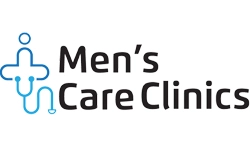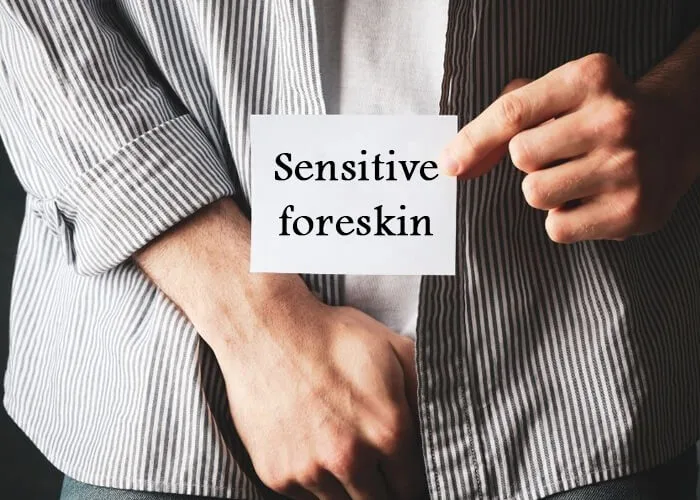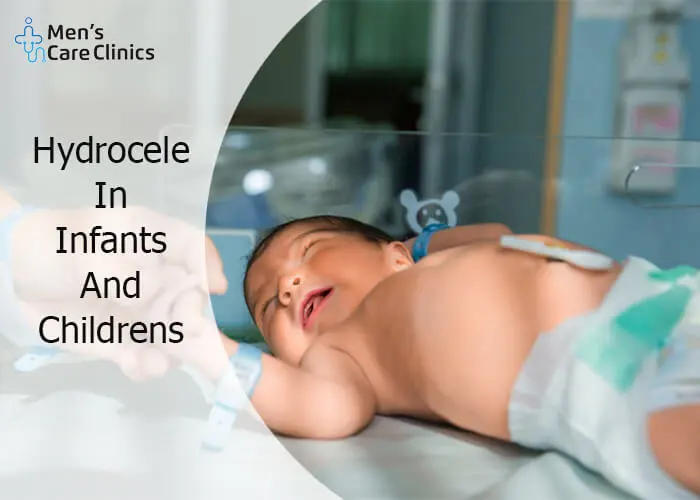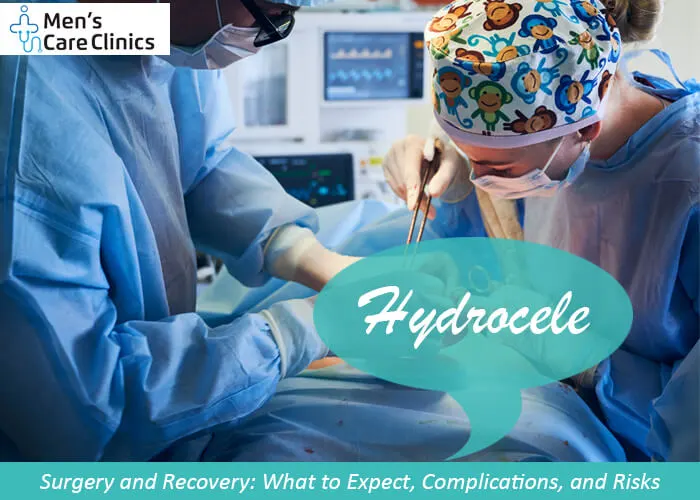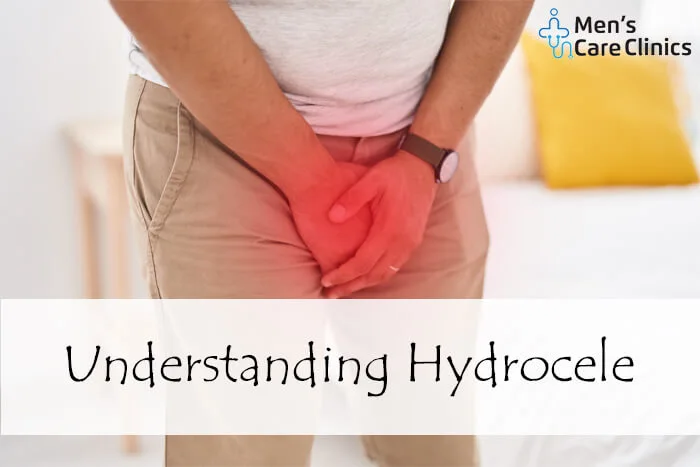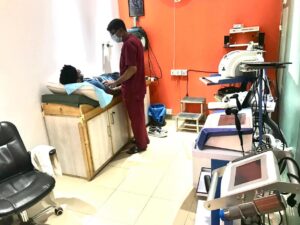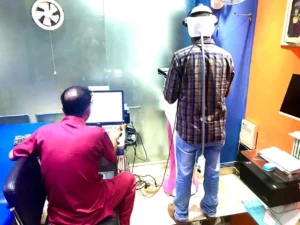Hypogonadism
Hypogonadism refers to a diminished functional activity of the testes, leading to insufficient testosterone production. Male hormone testosterone is essential for the growth of male reproductive tissues and for the maintenance of numerous body processes.
Hypogonadism Types
Two primary forms of hypogonadism exist:
- Primary Hypogonadism (Testicular Failure): Also known as Hypergonadotropic hypogonadism. This is the result of problems inside the testicles that prevent the testes from producing enough testosterone.
- Secondary Hypogonadism (Hypothalamic-Pituitary Dysfunction): Also known as Hypogonadotropic hypogonadism. This type occurs from a malfunction in the hypothalamus or pituitary gland, which fails to stimulate the testes to make testosterone.
Causes of Hypogonadism
Primary Hypogonadism Causes:
- Klinkelfelter syndrome: A genetic disorder that causes an extra X chromosome in males from birth. 47-XXY
- Cryptorchidism: Testicles that did not descend from the abdomen into the scrotum before birth are known as undescended testicles (cryptorchidism).
- Mumps orchitis: The mumps virus-induced inflammation of the testicles.
- Trauma or testicular injury: Damage to the testicles that impairs their ability to produce hormones.
- Cancer treatments: Radiation or chemotherapy that harms the testicles. Causes Secondary Hypogonadism:
Secondary Hypogonadism Causes:
- Pituitary disorders: The pituitary gland is affected by tumors, trauma, and other illnesses.
- Hypothalamic disorders: Hormone signaling can be disturbed by problems with the hypothalamus.
- Ageing: Hormone production naturally declines with age.
Symptoms of Hypogonadism
- Decreased sex desire.
- Erectile dysfunction (ED).
- Sever oligospermia or Azospermia
- Subfertility.
- A reduction in strength and muscular mass.
- Abnormal secondary sex characteristics.
Diagnosis
Medical History and Physical Examination
Consultation with a sexologist regarding symptoms and medical history is the first step in diagnosing hypogonadism. Key symptoms related to low testosterone levels will be assessed, such as reduced libido, erectile dysfunction, fatigue, and changes in body composition. A physical examination can reveal signs of hypogonadism, including reduced facial or body hair, breast enlargement, smaller testes, and other physical manifestations.
TESTS:
Hormone Levels: Blood tests to measure hormone levels play a pivotal role in diagnosis. These tests primarily include:
Testosterone Levels: Measuring total and free testosterone levels in the blood to determine if they fall within the normal range.
Prolactin levels: Some times increased prolactin can also effect the testosterone LH and FSH.
Luteinizing Hormone (LH) and Follicle-Stimulating Hormone (FSH): Elevated levels of these hormones might indicate primary hypogonadism, while low or normal levels could suggest secondary hypogonadism.
Sperm retrival: These techniques are diagnostic and therapeutic in case of subfertility, these techniques include, PESA, TESA, TESE, MTESE, FNA Biopsy etc.
Additional Diagnostic Tests
Further testing can be required, depending on the hypogonadism’s kind and suspected cause:
Scrotal Study U/S: To see the other causes of subfertility like varicocele, Unilateral /Bilateral Absent Vas deferens ULAVD/BLAVD, Obstructive/ Non Obstructive Azospermia OA/NOA etc.
- Imaging Tests: In cases of suspected pituitary or hypothalamic issues causing secondary hypogonadism, imaging tests like MRI or CT scans can visualize these areas to identify potential tumors, damage, or abnormalities in brain.
- Semen Analysis: For men experiencing infertility due to hypogonadism, a semen analysis might be conducted to assess sperm count, motility, and overall sperm health.
Differential Diagnosis
It’s crucial to differentiate hypogonadism from other conditions that might exhibit similar symptoms, such as depression, chronic illness, thyroid disorders, or medication side effects. This process may involve ruling out these possibilities through further tests or assessments.
Seeking Professional Guidance
The diagnosis of hypogonadism requires a comprehensive approach, including a thorough medical history, physical examination, and various laboratory tests. It’s important to consult with a qualified healthcare professional specialized in endocrinology or urology to diagnose the condition accurately.
Treatment
Treatment options depend on the cause and type of hypogonadism:
- Testosterone Replacement Therapy (TRT): Testosterone Replacement Therapy (TRT): In TRT, injections, patches, gels, or implants are used to provide testosterone to patients.
- Fertility treatments: Assisted reproductive technologies may be taken into consideration by individuals who wish to become pregnant. IUI, IVF, ICSI.
- Treatment of underlying conditions: Addressing specific causes if it’s related to a tumor, varicocele or other medical issues.
- Lifestyle modifications: Exercise, a healthy diet, and weight management can support treatment outcomes.
